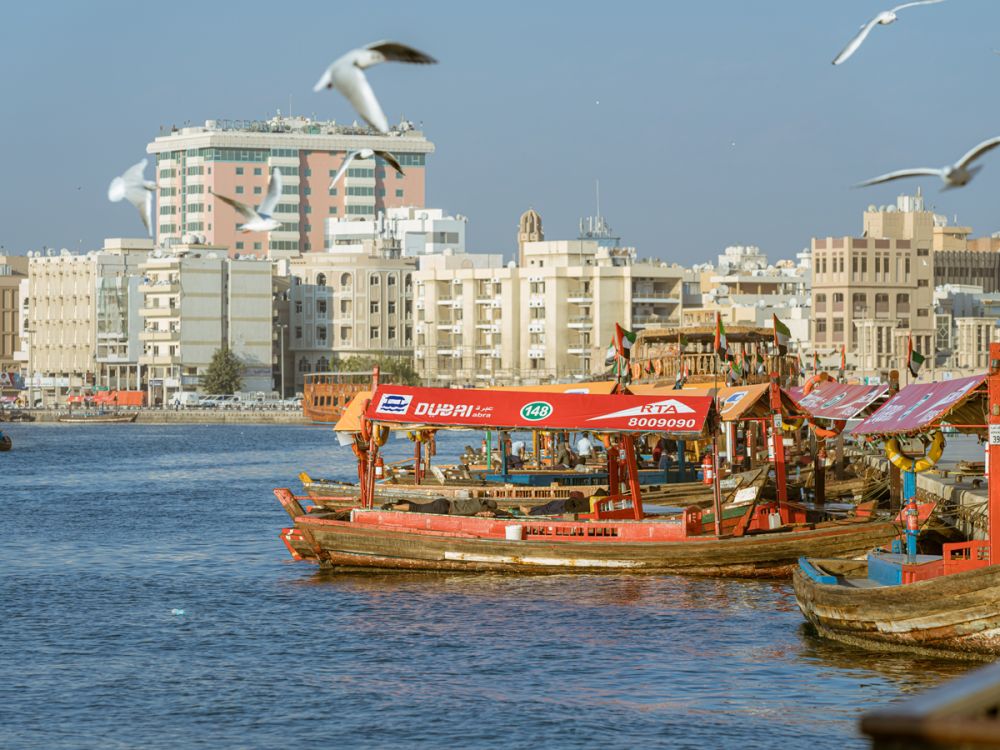

The story of Dubai Creek is an essential chapter in the history of the United Arab Emirates. For centuries, this natural seawater inlet has been the bustling heart of Dubai, serving as a minor port on the trade route between Mesopotamia and the Indus Valley. Its waters have long facilitated the economic lifeblood of the region, with traditional dhows transporting goods across the Persian Gulf and beyond.
Dubai's tourism industry began to take shape in the 1960s and 1970s when the discovery of oil transformed the emirate's economy and infrastructure. As Dubai grew richer, it started to develop its creek with a vision to become a major tourist attraction. This development aimed at preserving the area's history while also showcasing the prosperity and cosmopolitan nature of modern Dubai.
The cultural significance of Dubai Creek has always been at the forefront of its charm, attracting those who wish to experience the traditional Emirati way of life. This area is home to the Al Fahidi Historical Neighbourhood - also known as Al Bastakiya - where visitors can wander through narrow lanes, discovering art galleries, museums, and restored historic buildings. The mid-20th century saw the construction of souks— traditional Arab marketplaces — which solidified Dubai Creek's role as a commercial hub.
In recent decades, Dubai Creek has undergone extensive development aimed at integrating tradition with modernity. The construction of Dubai Creek Park in 1994 provided a vast green space where locals and tourists alike could escape the bustle of the city. The opening of the Dubai Creek Golf & Yacht Club further enhanced the area's offering, bringing in a new wave of international guests.
One cannot discuss Dubai Creek without mentioning the significance of the waterway itself. The traditional abra rides offer a glimpse into the historic mode of transport across the Creek - an experience that continues to be a must-do for tourists. Meanwhile, the ambitious Dubai Creek Tower, intended to surpass the Burj Khalifa in height, is set to be another jewel in Dubai's skyline, promising to revolutionize the city's silhouette.
In acknowledgment of its historical value, Dubai submitted "Dubai Creek and its surroundings" as a candidate for UNESCO World Heritage Site status in 2017 as a testament to its importance both locally and globally. This bid is part of a larger strategy to preserve and celebrate the cultural heritage areas of Dubai.
The latest trends in tourism within Dubai Creek revolve around cultural and experiential travel. Visitors are increasingly seeking authentic experiences that blend the area's past and present, which has led to the creation of heritage tours, cultural festivals, and art events within the vicinity of the Creek. Moreover, sustainable tourism has been on the rise, with initiatives aimed at protecting the natural environment of the Creek and ensuring that development respects the delicate balance of the historical ecosystem.
Dubai Creek remains a vital tourist destination, its continuous evolution reflecting the dynamic nature of Dubai itself. As the emirate moves forward, the Creek stands as a reminder of its humble beginnings and as a celebration of its achievements. The fusion of history, culture, business, and entertainment along the shores of the Creek ensures its place as a vibrant and diverse tourist hub for years to come.